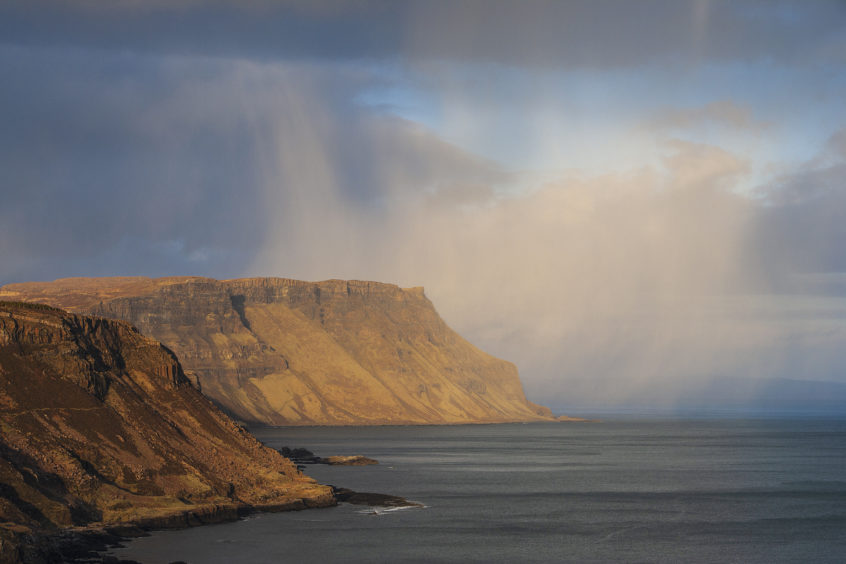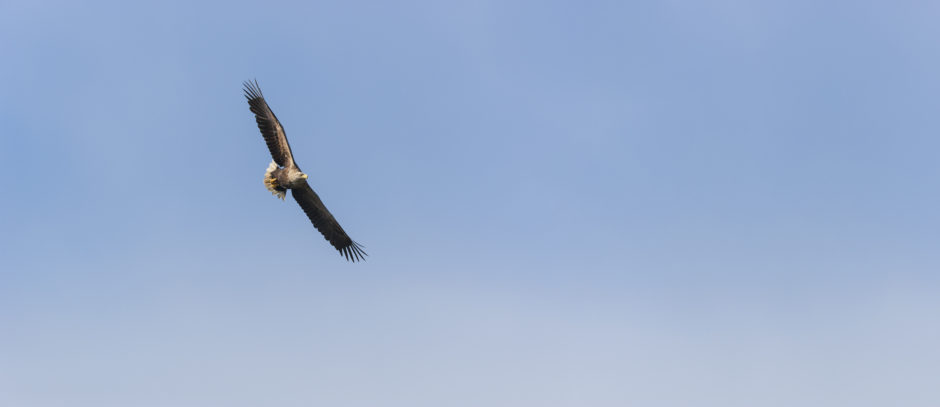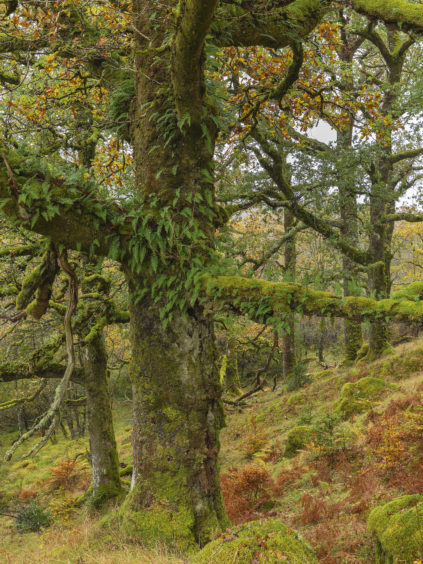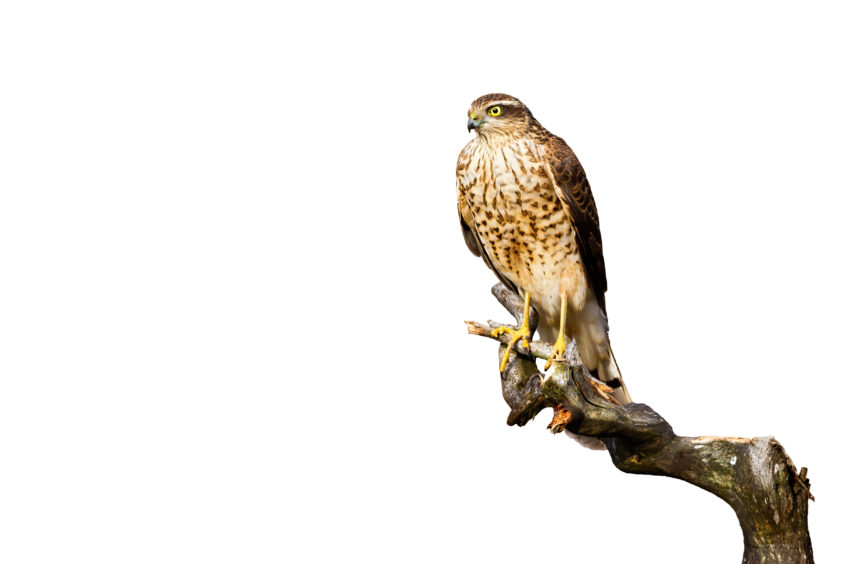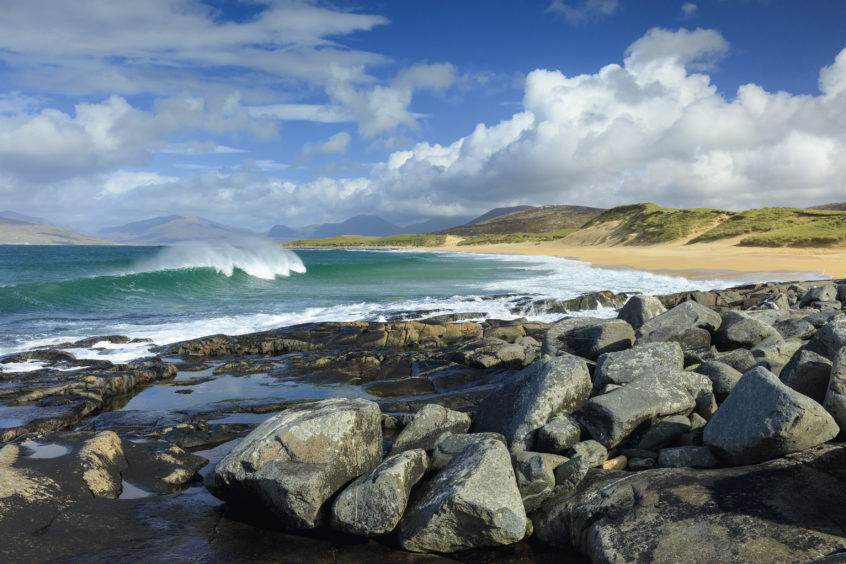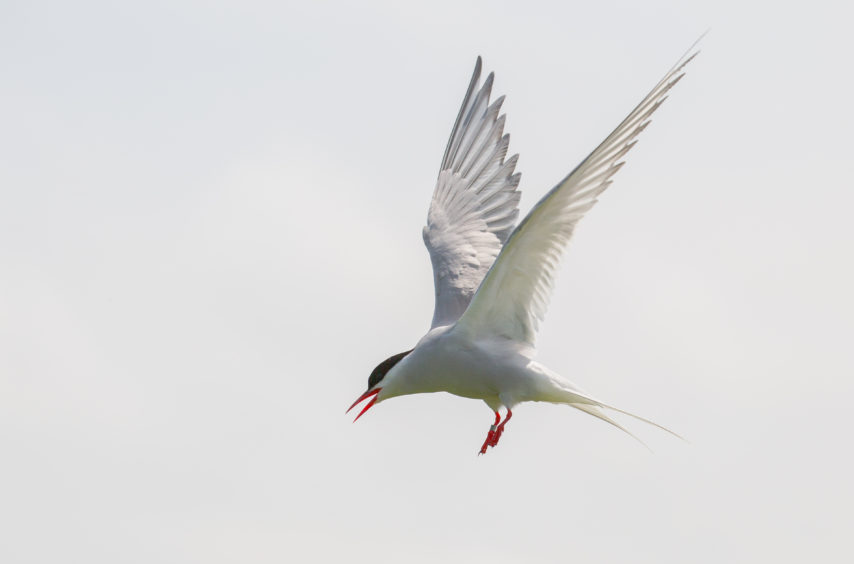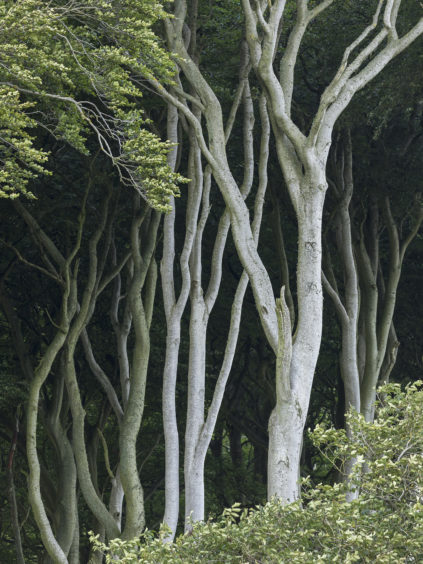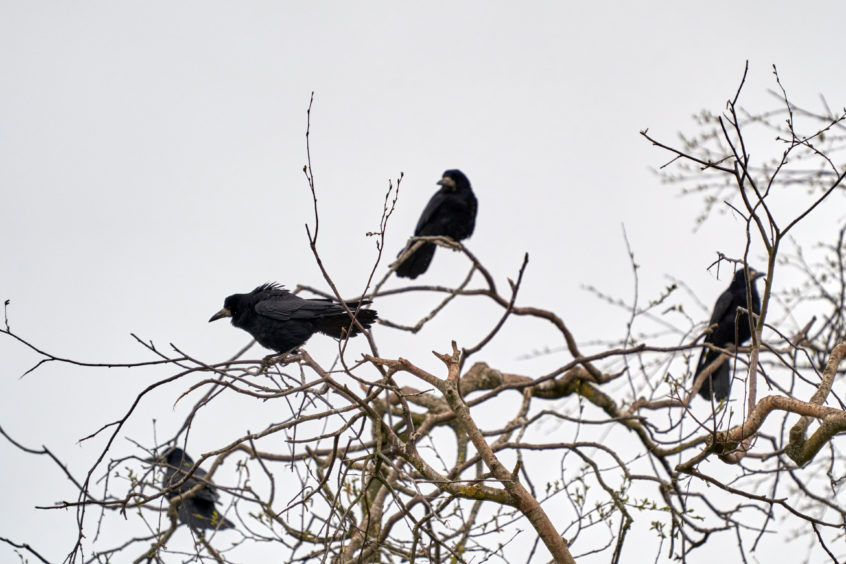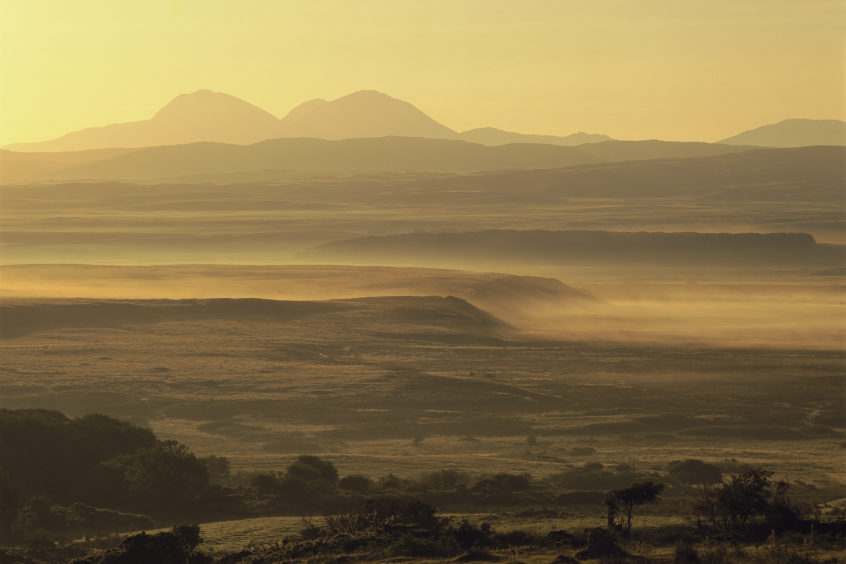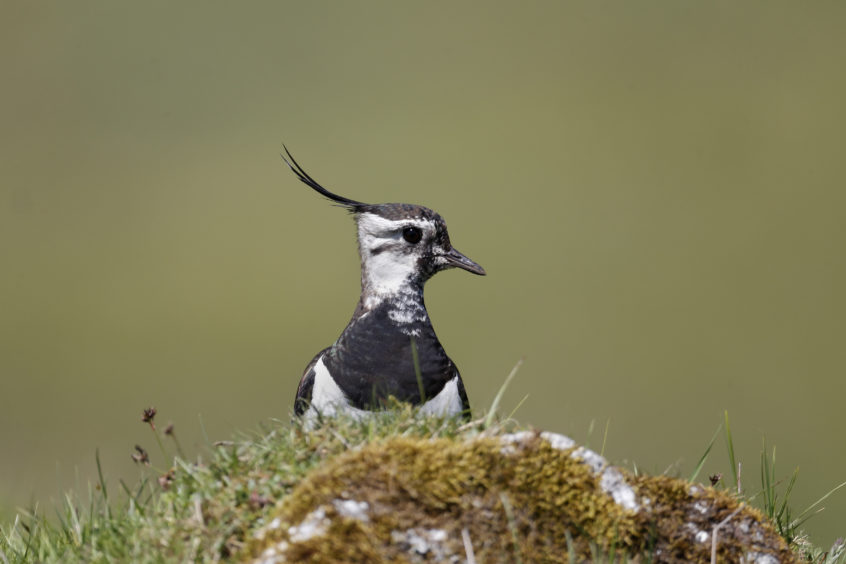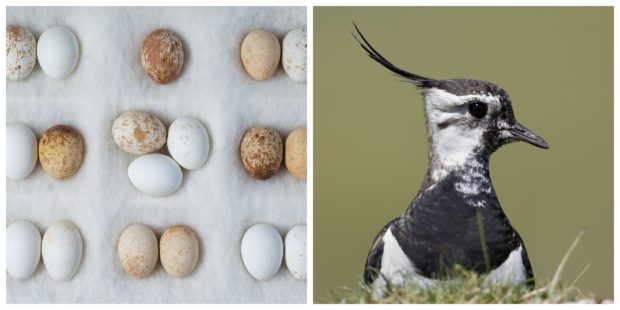
It all started with a project in Primary 3 when, as his classmates chose football, planes and racing cars, Colin Prior’s imagination was fired by Ladybird books on birds.
The passion they inspired has never left the landscape photographer and, though he has travelled to more than 50 countries shooting calendars for British Airways and spent six trips capturing images of Pakistan’s Karakoram mountains, he has always been drawn to the wild and beautiful landscapes of Scotland.
“I’ve had this deep-rooted, spiritual connection with the natural world,” said Colin, 62, from Bothwell. “It’s always been birds, and while I’m known for photographing mountains, they’ve played a big part in the experience of being outdoors. They enrich it, and they’re a very good touchstone for the state of the environment. When I was walking and climbing to mountain tops, I’d always take time to appreciate being with the birds around me. I still get that thrill today,” he added.
But the decimation of the birdlife he has witnessed over the decades has troubled him deeply, with many species declining by up to 60%.
More efficient farming methods, environmental habitat loss, greenbelt encroachment and a boom in leisure visits to the wilds have all contributed to that decline.
Now Colin is hoping to raise awareness of the worrying drop in numbers with his new book, Fragile. It links bird’s eggs to the natural environment where those birds nest and live.
“Legislation to ban egg collecting – which was a force for good – meant eggs really vanished from sight, even in museums, which took them off display,” said Colin. “They are things of such innate, random beauty, but there are generations now who have never seen them. So, rather than photographing birds, which can be a bit like cultural wallpaper, I wanted to link the exquisite eggs to where they came from.”
Colin spent six weeks at the National Museum of Scotland, using a photographic technique called focus stacking to take scores of pin-sharp images of the eggs in their collection.
He then set about revisiting many of the remote habitats he had passed by through the years, noting the birds as he did so. “I wanted to show the different environments, from mountain and moorland and woodland and coniferous forest to sea cliffs and islands,” said Colin, who hopes to get a commercial partner on board for an accompanying exhibition.
Golden eagles, oyster catchers, guillemots, bullfinches and wrens are just a few of those featured.
“I know a lot of the environments I’ve photographed are under pressure and will change, so in some cases they are a snapshot in time,” said Colin. “Egg collecting was a chapter in human history we aren’t proud of, but in a way I feel I’m breathing new life into these eggs.
“They may have been taken and didn’t have the opportunity to produce offspring, but by using them to raise awareness of species’ loss, some good is hopefully coming from their collecting.
“There is a real conservation message and I feel this book is a culmination of everything I’ve learned through my lifetime love of birds and the landscape.
“At all costs, we must try to avert further extinctions of wild birds whose future is looking increasingly perilous from myriad threats. Our attitude towards the environment is changing and we have entered the age of empathy. Perhaps there is still time to turn the tide.”
Fragile: Birds, Eggs, Habitat by Colin Prior will be published by Merrell in September.
White-tailed eagle
Creachan Mòr, Ross of Mull, Isle of Mull
The reintroduction of the Norwegian white-tailed eagle has been a resounding success, with well over 100 birds now distributed around Scotland’s coastline. The white-tailed eagle was persecuted and, by 1918, had become extinct in the British Isles. Three shillings was the bounty on its head, and they were being destroyed at a rate of 20 a year. What, for me, is so special about this egg is that it was collected in 1869 and was laid by the now extinct indigenous Scottish genus.
Sparrowhawk
Atlantic oak woodland, Ardnamurchan
If the lapwing symbolises the countryside, it is the sparrowhawk that symbolises woodland. It is a bird with two characters; on a bright day it can be seen floating aloft, often being mocked by swallows or other finches. By contrast, you may catch a glimpse of it darting through a woodland with murderous intent. Seeing a sparrowhawk, is a gift. Having slowly made a recovery from eggshell thinning associated with pesticide use, its numbers
are still low.
Arctic tern
Tràigh Scarista, Isle of Harris
Arctic terns are one of the most graceful birds to frequent some of our coastlines. I have strong memories of both them and little terns from my childhood where they nested near St Cyrus. Sadly, however, no longer, and the Arctic tern is now on the Birds of Conservation Concern (BoCC) Amber list, with numbers having fallen by 19% between 1986 and 2015. Like so many of the seabirds that depend on sand eels, increases in sea temperature have affected their range and accordingly the birds who depend on them for sustenance.
Rook
Belhelvie, Aberdeenshire
As a member of the crow family, rooks have been unjustly persecuted throughout history. This is another icon of the British countryside – the cawing of rooks in the rookery is an immensely comforting noise. Rather than being a pest, they are very efficient at eradicating many of the pests that threaten crops, so are a force for good. Being shy, they are susceptible to human disturbance. Their population has fallen 20% from 1995-2014.
Lapwing
The Rinns of Islay and the Paps of Jura
I feel that the lapwing symbolises the countryside. I found their erratic fights and enigmatic cries quite haunting. Today, the farms are largely silent and more efficient framing methods and the decline of mixed farming have played havoc with their reproduction – their eggs or young are destroyed by farm machinery. From 1970–94 their numbers fell 63% and they vanished from their strong- holds.

Enjoy the convenience of having The Sunday Post delivered as a digital ePaper straight to your smartphone, tablet or computer.
Subscribe for only £5.49 a month and enjoy all the benefits of the printed paper as a digital replica.
Subscribe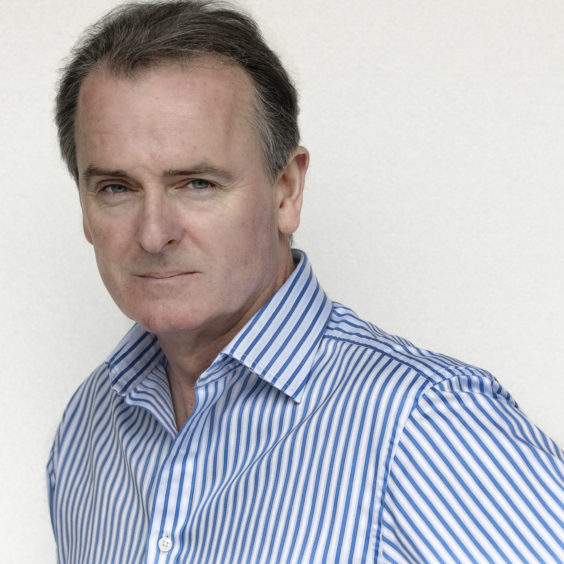 © John Cooper
© John Cooper